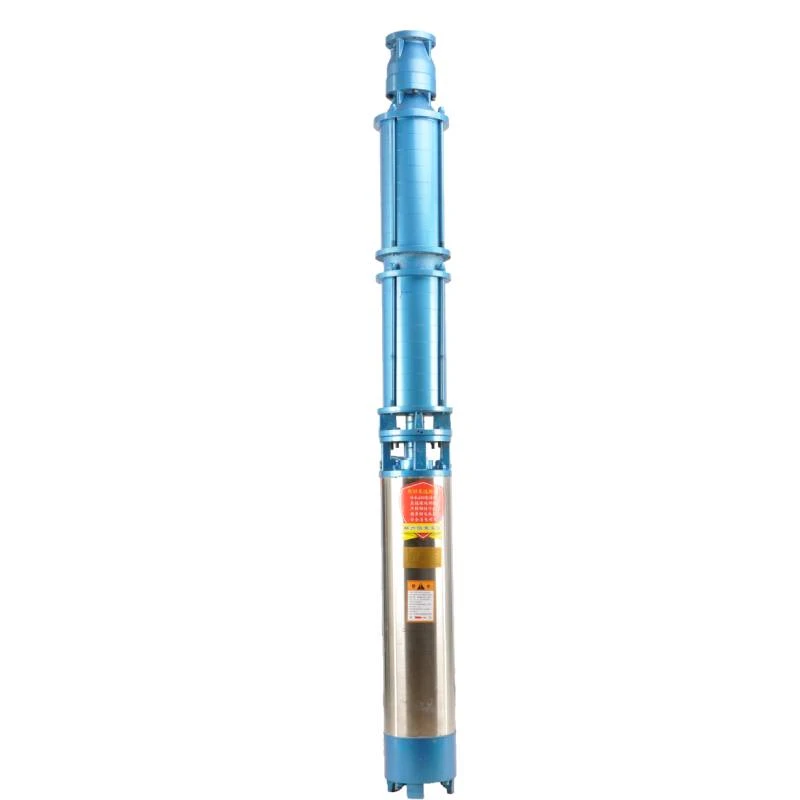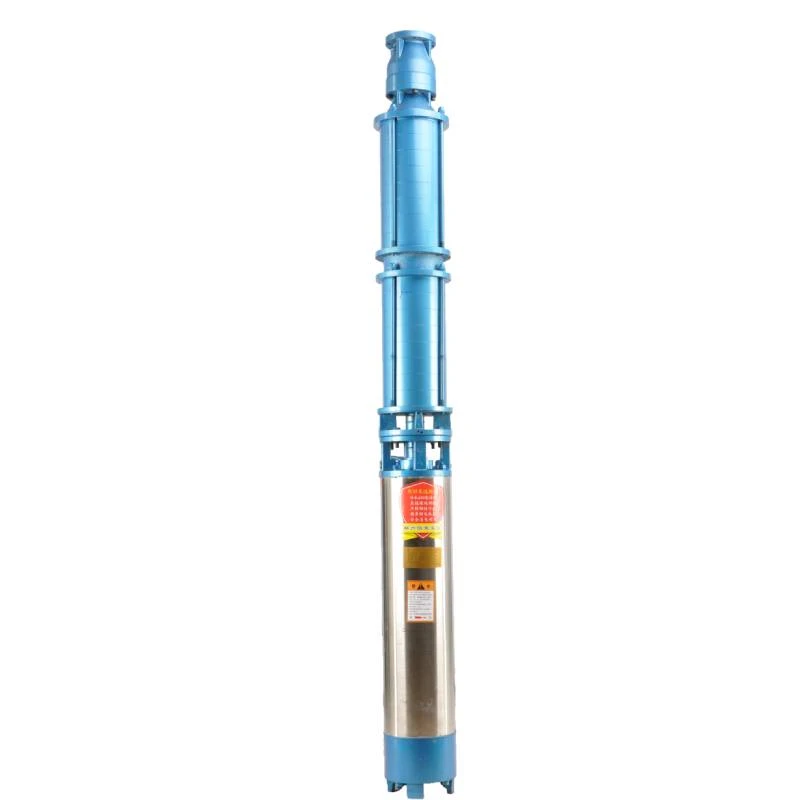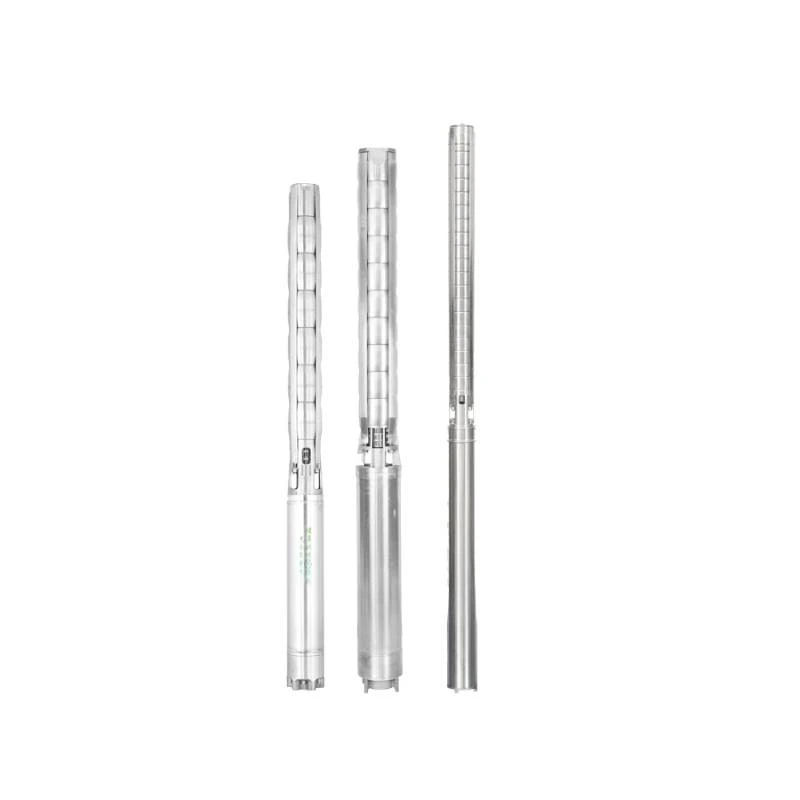ធ្នូ . 26, 2024 12:44 Back to list
submersible water pump problems and solutions
Common Problems with Submersible Water Pumps and Their Solutions
Submersible water pumps are widely used in various applications ranging from residential to industrial settings, providing an efficient method for moving water from one location to another. However, like any mechanical device, these pumps can sometimes encounter issues. Understanding common problems associated with submersible water pumps and their solutions can save time, money, and frustration.
1. Pump Won't Start
One of the most common issues users face is a submersible pump that fails to start. This problem can stem from several causes
Causes - Power supply issues - Faulty float switch - Worn out motor
Solutions - Check Power Supply Ensure that the pump is properly plugged in and that the electrical outlet is functioning. Use a multimeter to test the voltage. - Inspect the Float Switch If the float switch is stuck or malfunctioning, it will not trigger the pump. Clean the switch and ensure it moves freely. If it’s defective, consider replacing it. - Test the Motor If the power supply and float switch are fine, the issue may lie within the motor itself. A professional assessment may be necessary to determine if it needs repair or replacement.
2. Pump Runs but Doesn’t Move Water
Another frustrating situation is when the pump operates but fails to pump water. This scenario can be attributed to various factors.
Causes - Clogged intake - Airlock in the system - Improper installation
Solutions - Clear Clogs Examine the pump's intake screen for debris and remove any obstructions. Regular maintenance can prevent clogging. - Remove Airlocks Air trapped in the pump can prevent it from performing effectively. To fix this, turn off the pump and open any faucets or valves to release trapped air, then restart the pump. - Check Installation Ensure that the pump is installed correctly and that it is submerged properly. An improperly positioned pump may not be able to draw water effectively.
3. Low Water Pressure
If the water being pumped is at a lower pressure than expected, this can be a concern that affects performance
.submersible water pump problems and solutions

Causes - Partially closed valves - Worn impeller or damaged components - Incorrect pump size for the application
Solutions - Check Valves Inspect and ensure that all valves in the system are fully open. If there are pressure gauges, they can help diagnose the issue. - Inspect Pump Components Open the pump and check the impeller and other critical components. Replace any worn or damaged parts to restore efficiency. - Reassess Pump Size If the pump cannot handle the demand, it might be too small for the application. Consulting a professional for sizing may be necessary to ensure optimal performance.
4. Overheating
Pumps that overheat can lead to critical failures, potentially damaging the motor.
Causes - Running dry (low water levels) - Electrical issues - Poor ventilation
Solutions - Monitor Water Levels Ensure that the pump is always submerged in water. Install a low-water shut-off switch to prevent it from running dry. - Check Electrical Components Inspect wiring and connections for any signs of damage. Repair or replace defective components to ensure stable electrical performance. - Improve Airflow If the pump is in a confined space, lack of ventilation could cause overheating. Consider relocating the pump or improving ventilation.
5. Strange Noises
Unusual noises such as grinding, rattling, or whining can indicate problems within the pump.
Causes - Worn bearings - Loose components - Cavitation
Solutions - Inspect for Wear Open the pump to check bearings and other moving parts for wear or damage. Replace any worn parts to minimize noise and improve functionality. - Tighten Loose Parts Ensure that all screws and fittings are tight, as vibrations can lead to loose components causing noise. - Address Cavitation If the pump is cavitating, ensure that it is operating within its specified flow range, as running it too fast or too slow can lead to cavitation.
---
Understanding these common submersible water pump problems and their corresponding solutions can aid in efficient troubleshooting and maintenance. Regular inspection and proactive measures can significantly prolong the lifespan of a pump, ensuring it operates effectively for years to come. Always consult a professional if you're unsure about any repairs to avoid worsening an issue.
-
 Water Filled Submersible PumpA water filled submersible pump is engineered for optimal cooling, eco-friendliness, and high efficiency, especially in applications involving clean or slightly sandy water.Detail
Water Filled Submersible PumpA water filled submersible pump is engineered for optimal cooling, eco-friendliness, and high efficiency, especially in applications involving clean or slightly sandy water.Detail -
 The Ultimate Solution for CleanWhen it comes to efficient water delivery from underground or submerged sources, a submersible pump stands as the go-to solution for homes, farms, ponds, and industrial sites.Detail
The Ultimate Solution for CleanWhen it comes to efficient water delivery from underground or submerged sources, a submersible pump stands as the go-to solution for homes, farms, ponds, and industrial sites.Detail -
 SS Submersible PumpA ss submersible pump (short for stainless steel submersible pump) is the premium choice for environments that demand durability, corrosion resistance, and long-term performance.Detail
SS Submersible PumpA ss submersible pump (short for stainless steel submersible pump) is the premium choice for environments that demand durability, corrosion resistance, and long-term performance.Detail
